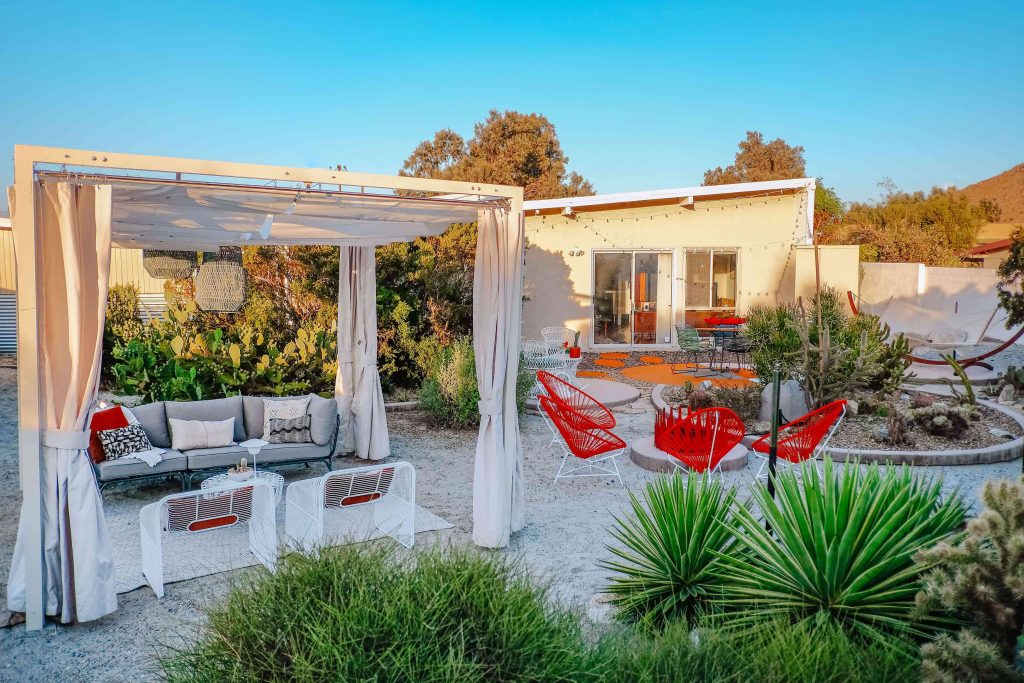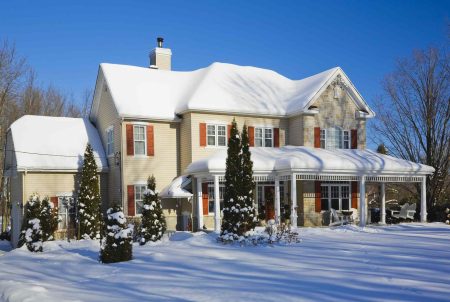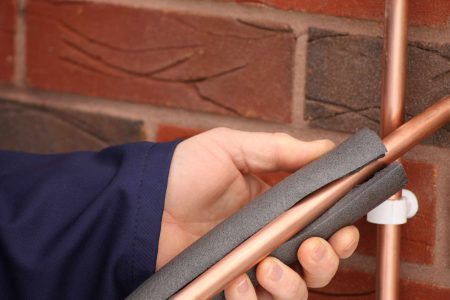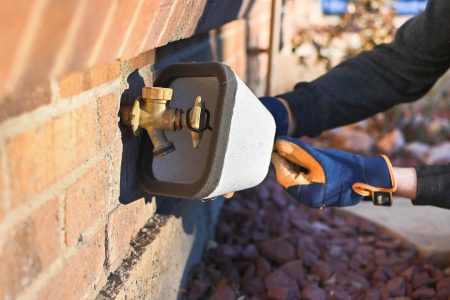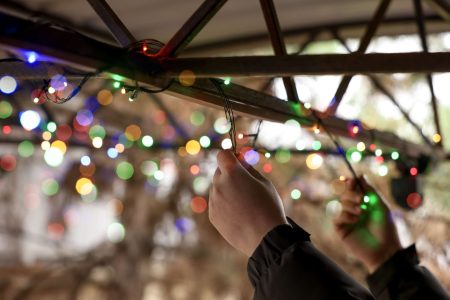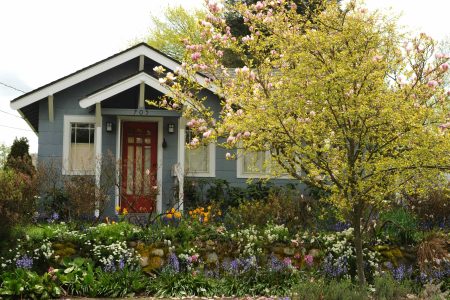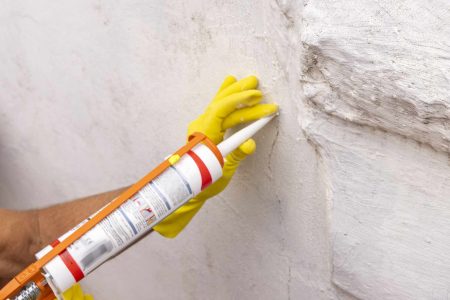Both pergolas and gazebos are great options for secondary structures that provide visual interest to your property as well as protection from the elements. However, the amount of protection offered is the biggest difference between pergolas and gazebos.
Whereas gazebos feature a full roof structure, pergolas simply have a partially covered roof that allows some sun to filter through. Additionally, gazebos are typically freestanding, while pergolas are often attached to a primary structure.
Read on to learn the other key differences between pergolas and gazebos, from cost and value to durability and appearance.
What Is a Pergola?
Pergolas are open-air structures consisting of pillars supporting a partially open roof system. The roof system is typically slatted to allow air and sun to filter through. Pergolas can be freestanding or attached to a primary structure on one or more sides. Most pergolas are built over top of an existing floor or another surface, such as a deck, patio, or pavers in a garden.
What Is a Gazebo?
Gazebos are freestanding structures that consist of pillars supporting an enclosed roof system, which offers full protection from the elements. The sides are partially to fully open, allowing plenty of airflow. Most gazebos include their own floor system, which is often raised above ground level.
Roof Differences
Gazebos feature totally enclosed roof systems, while pergolas have partially open roofs. This results in gazebos offering superior protection from sun and rain than pergolas.
Pergola
The open roof of a pergola isn’t a design flaw, but a quality that makes it an attractive alternative to a gazebo. Sure, you likely won’t enjoy sitting under an open roof during rainfall, but the open-air design is what many buyer’s like most about a pergola. Depending on the roof design, pergolas can provide a surprising amount of shade from the sun.
Gazebo
Likely the biggest difference between a gazebo and a pergola is a gazebo’s closed roof system. This is what makes gazebos more attractive to many prospective buyers, as the structures are more flexible and can be enjoyed rain or shine.
Appearance
Gazebos are freestanding structures, while pergolas are sometimes attached to a primary structure. This isn’t a rule, but you’ll find that this is usually the case.
Pergola
The flexible design of a pergola’s roof makes it easy to attach to a primary structure on one or more walls. Simply install the pillars next to your house or another structure, then fasten the other side of the pergola’s slatted roof to the existing structure. Many people choose to match or contrast the pergolas material to their home to add visual interest and curb appeal.
Gazebo
Due to the nature of a gazebo’s design, including its enclosed roof, it doesn’t make much sense to attach it to a structure. Instead, gazebos are usually freestanding, with a design that contrasts or matches the primary structure. If your desire is to build an attached structure with full roof protection, it almost always makes more sense to add an addition to your house that is a natural extension of the house’s roof system.
Durability
Gazebos are often more durable than pergolas due to their architecture. The enclosed roof offers more protection, promoting the gazebo’s longevity.
Pergola
Let’s be clear—pergolas aren’t prone to failure. A well-built pergola that is properly maintained in accordance with the material used can last for years. However, the lack of a roof to protect the materials, especially in the case of wood pergolas, can lead to premature deterioration.
Gazebo
Not only does a gazebo’s roof offer superior protection to the more vulnerable structural elements below, but it also contributes a significant amount of strength to the overall structure by further tying the roof system together. Pair this with the fact that gazebos often house floor structures, railings, and even built-in benches, and you have a structure with far more sturdiness than a pergola.
Cost
Pergolas cost less to build than gazebos. There’s just not as much to the structure, leading to lower costs for materials and labor, should you hire someone to do the project.
Pergola
You can save money by building a pergola instead of a gazebo. The main reason is that pergolas use fewer materials than gazebos due to their simpler architecture. However, one of the biggest ways to save money is by building the structure yourself. Pergolas are considered to be more DIY friendly than gazebos, as they’re generally easier to build.
Gazebo
Gazebos are typically more expensive undertakings than pergolas, as they require more materials due to their more complex architecture. Plus, many gazebos have more features than pergolas, such as floors, railings, and built-in seating, which require more materials and labor.
Because a gazebo is often a freestanding structure, building one will likely require you to prep the ground, which will require more labor and potentially materials like dirt and rock.
Value
Pergolas may have better ROI than a gazebo, but both gazebos and pergolas can add value to your home. The difference has to do with the amount of money invested on the front end.
Pergola
As we mentioned above, building a pergola is easier on the wallet than building a gazebo. This means a pergola may have a better return than a gazebo, as less money is required upfront. Pergolas can be an inexpensive way to attract buyers to your home once it comes time to sell.
Gazebo
A gazebo will definitely add value to your property, so long as it’s built well, is attractive, and you keep it in good condition. Lowering the cost of the initial investment without compromising the quality of the build is the key to getting the best return on your investment.
-
Are pergolas and arbors the same thing?
While the two terms are often confused, pergolas and arbors are very different. Pergolas are larger outdoor rooms while arbors are smaller and resemble a passageway.
-
Do gazebos need to be anchored?
Gazebos should always be properly anchored to the ground to avoid injury. Because a gazebo has a closed roof, it can easily be picked up by strong winds if not anchored.
-
Can a pergola be freestanding?
Pergolas can be freestanding by utilizing four pillars in their construction rather than attaching one or more sides to an existing structure.
Read the full article here



